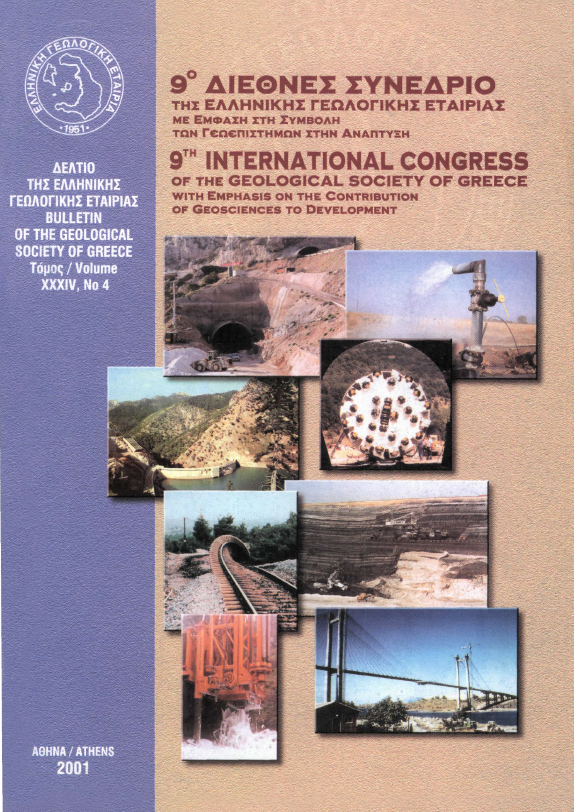Near-real-time evaluation of the evolution of a seismic excitation: Application to the January 8, 2013 Lemnos seismic sequence.
Abstract
Monitoring the evolution of a seismic excitation in near-real-time sense is of high practical importance, as the quantitative results of this procedure may provide useful information to be used for the efficient planning of seismic protection measures. Furthermore, it may provide indications on the future evolution of this sequence, which is extremely important for both the public and authorities. A software package consisting of a number of sub-programs has been developed for this task. The main goal of this software is to obtain a semi -automatic evaluation of the possible evolution of a seismic excitation (sequence) already in progress. To achieve this target, successive determinations of basic parameters that characterize the sequence are performed and respective graphs are produced. In particular, the software automatically provides periodical snap-shots (within time periods defined by the user) describing how the shocks-members of the sequence are distributed in space, time, space-time and magnitude, allowing, this way, to detect possible variations in these parameters that could be connected to normal or non-normal evolution of the sequence. Application of this package has been performed during the recent seismic sequence which occurred SE of Lemnos island with a mainshock of M=5.9 (8/1/2013, 14:16 GMT). The snap-shots that described the evolution of the sequence and were produced by the application of the developed software package suggested a "normal" aftershock evolution during the first seven days of the main phase of this excitation.
Article Details
- How to Cite
-
Teza, E., Scordilis, E. M., Papazachos, C. B., & Karakaisis, G. F. (2013). Near-real-time evaluation of the evolution of a seismic excitation: Application to the January 8, 2013 Lemnos seismic sequence. Bulletin of the Geological Society of Greece, 47(3), 1298–1307. https://doi.org/10.12681/bgsg.10907
- Section
- Geophysics and Seismology

This work is licensed under a Creative Commons Attribution-NonCommercial 4.0 International License.
Authors who publish with this journal agree to the following terms:
Authors retain copyright and grant the journal right of first publication with the work simultaneously licensed under a Creative Commons Attribution Non-Commercial License that allows others to share the work with an acknowledgement of the work's authorship and initial publication in this journal.
Authors are able to enter into separate, additional contractual arrangements for the non-exclusive distribution of the journal's published version of the work (e.g. post it to an institutional repository or publish it in a book), with an acknowledgement of its initial publication in this journal. Authors are permitted and encouraged to post their work online (preferably in institutional repositories or on their website) prior to and during the submission process, as it can lead to productive exchanges, as well as earlier and greater citation of published work.








